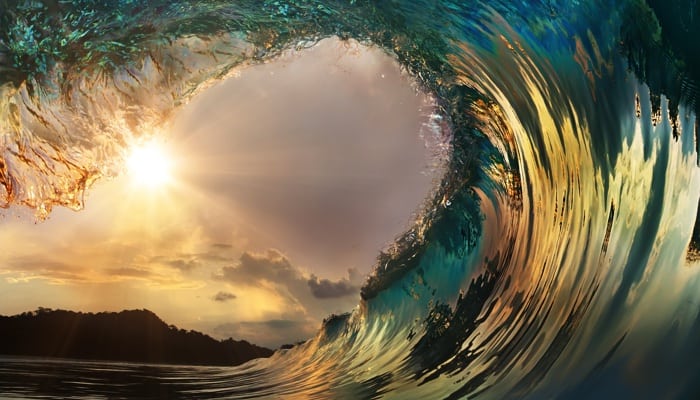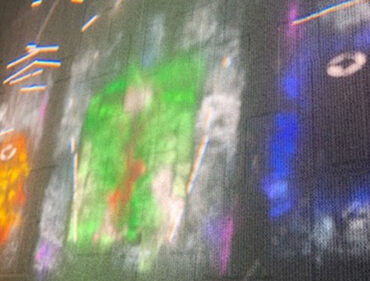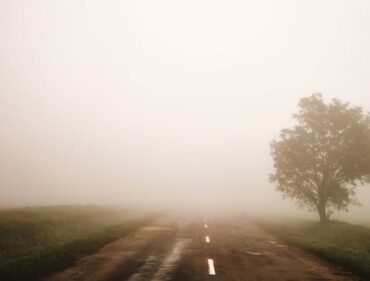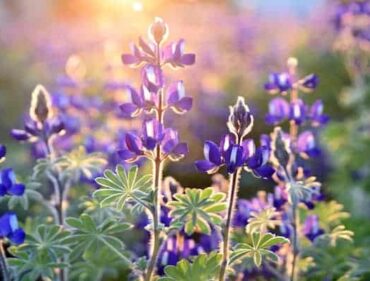Blog: Awakening the Wisdom of Ancient Hawaii
By Isa Gucciardi, Ph.D.
While Laura Chandler and I were in Iowa during the past week on our book tour for Coming to Peace, I found myself talking more about my childhood in Hawaii than I normally do as the friendly and curious people in Iowa asked questions about the history of the book. Everyone was interested in Hawaii and the ancient Hawaiian practices that are discussed in the book.
In August, I will be teaching a workshop on the Big Island of Hawaii called Huna: The First Psychology. As I answered questions about the workshop, I was reminded of Max Freedom Long’s reports on his research in the Hawaiian Islands in the early part of the 20th century. His book The Secret Science Behind Miracles offers a peek into the experience of the Hawaiians after a century of colonization, and his reports on his research into the body of work he named Huna is very compelling. One of the points he makes in his book is that this body of knowledge arose outside of Hawaii and is distinct from the larger Hawaiian culture in which it has essentially been stored. Many of the concepts in this body of work offer ways of deepening our relationship to ourselves, to others, and to our compassionate nature. Like many earth-based wisdom traditions, they bring us more in tune with the healing power of nature and how to incorporate this into our daily experience.
One woman who had never seen the ocean asked me to describe it to her. I told her about my habit of swimming out into the ocean until I could not see the sand from the beach I left. I told her about the different currents, the way the waves are affected by the wind, and the way things can change in an instant in the ocean. As a child, I was fascinated by the fact that all of the animals and plants in Hawaii had had to find their way to the islands by way of the sea. I was especially in awe of coconuts: They are so adept at floating for hundreds of miles, and then, when they make landfall, are almost immediately ready to put down roots and sprout. I used to try and bob around like a coconut and see how long I could float like that.
But, in point of fact, reading the sea is serious business in a land that is defined by it. One has to become attuned to very subtle changes. In his book, The Wayfinders, Wade Davis describes the training and skill that navigators in open canoes with palm leaf rigging had to develop to find their own path to Hawaii across thousands of miles of open sea. These navigators knew how to read the clouds for clues about the state of the water and the weather coming from many miles away. Brown clouds meant high winds. High clouds meant no wind, but the potential for rain. A halo of clouds around the moon was a promise of rain. A double halo promised a gale. These were all signs that could be predictive, even though the day might be fine and clear for sailing.
As I spoke about the sea, I reflected on how important it is for all of us to learn to read the subtle signs that present themselves in our lives. In order to do this, we have to learn to know ourselves more deeply. We need to understand what guiding star we are following through the path of our lives. We need to understand what our intentions are in walking that path. Only then can we read the signs that might offer us invaluable information about what kind of waters we might be sailing into. To do this, we must find a path inward and navigate the sometimes-stormy seas that keep us focused externally, looking for guidance in circumstances that may have nothing to do with our own path.
As August approaches, I look forward to returning to the sea and to helping the students in the workshop turn inward, know themselves better, and develop the capacity to read the subtle signs the world offers at every turn and appreciate its mystery and its magic more fully.
ENJOYING THE STREAM OF CONSCIOUSNESS BLOG? SIGN UP FOR FREE UPDATES!



